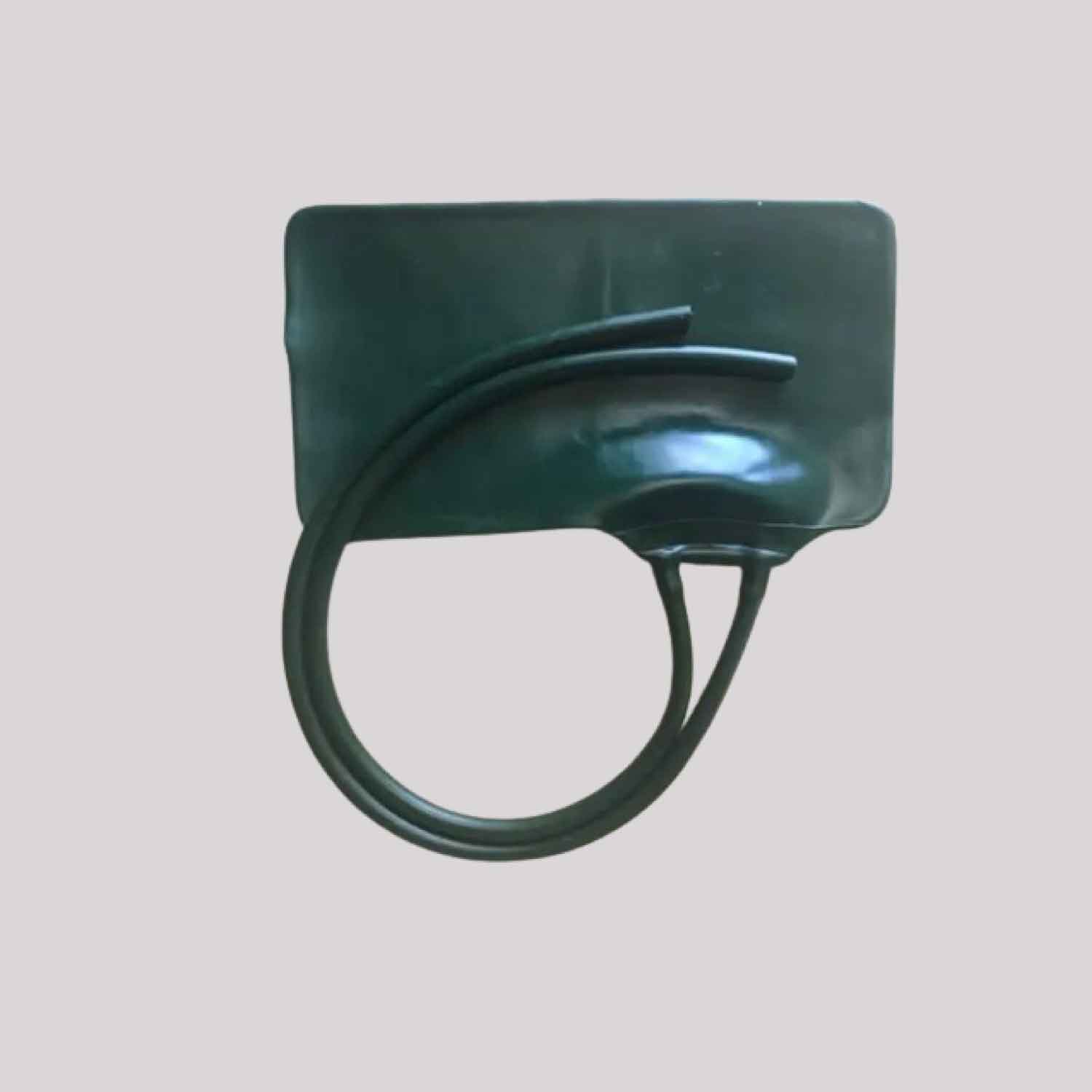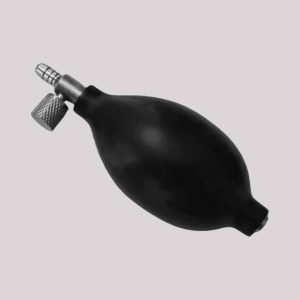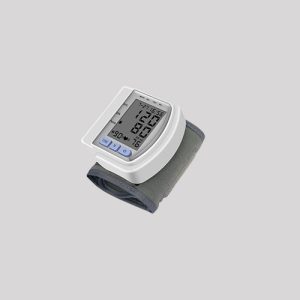Description
The main component of the BP cuff is the bladder. The size of the bladder affects how well the blood pressure is measured [6]. The cuff bladder sizes are recommended by the blood pressure measuring guidelines based on the circumference of the arm.
Did you know that your blood pressure might increase by ten points or more when your bladder is full? The kidneys are under pressure when the bladder is full. Blood pressure may rise as a result.
‘Total bile pigments’ and ‘bile salt tests’ are other names for urine BS and BP. It is mostly used to determine the amount of urobilinogen and bile salts present in a random urine sample. This test’s primary goal is to identify liver diseases, pregnant pruritus, and jaundice.
Patients in good health should have bladder pressures less than 5 mm Hg. In obese people and after abdominal surgery, pressures of 10 to 15 mm Hg are normal. Bladder pressures more than 25 mm Hg should be clinically linked since they are extremely suggestive of ACS.
A systolic blood pressure of less than 120 and a diastolic blood pressure of less than 80 are considered normal for the majority of individuals. A systolic blood pressure of 120–129 and a diastolic blood pressure of less than 80 are considered elevated blood pressure.
A sphygmomanometer, also known as a blood pressure meter, blood pressure monitor, or blood pressure gauge, is a device used to measure blood pressure, composed of an inflatable cuff to collapse and then release the artery under the cuff in a controlled manner,[1] and a mercury or mechanical manometer to measure the pressure. It is always used in conjunction with a means to determine at what pressure blood flow is just starting, and at what pressure it is unimpeded.





